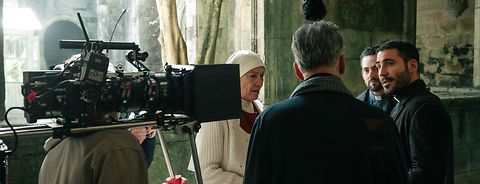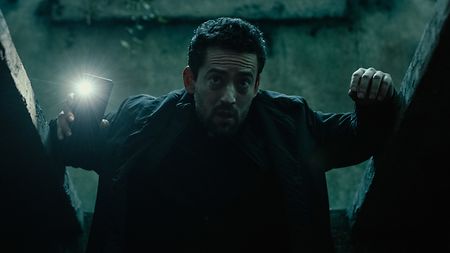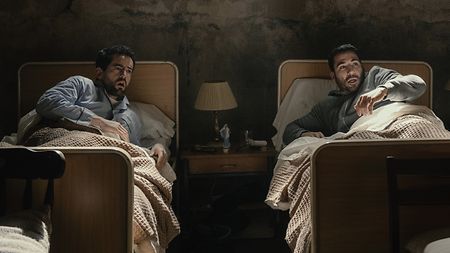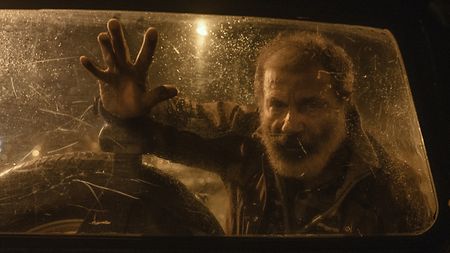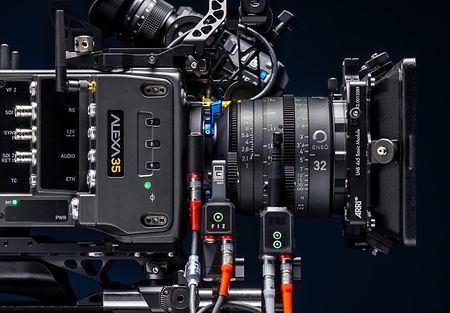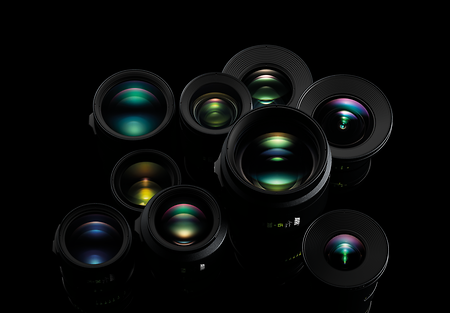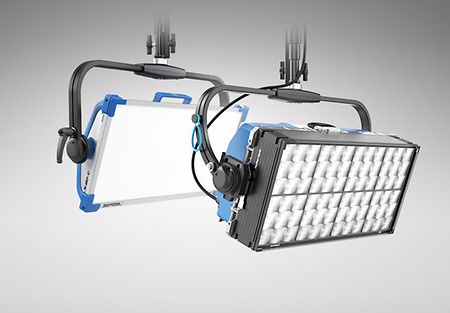The Paramount+ hit series “The Envoys” (“Los Enviados”), which is available through SkyShowtime in Spain, follows two Vatican priests and a nun who travel to different locations around the world, investigating alleged miracles and verifying their authenticity. To capture the second installment in Galicia, Spain, cinematographer Miguel P. Gilaberte AEC relied on ALEXA 35 and ARRI Signature Zoom lenses to meet the show’s narrative demands and shooting style, occasionally paired with Impression V Filters to enhance certain sequences. In this interview, the cinematographer talks about the very special look of “The Envoys”—and how ARRI cameras, lenses, and lights played crucial roles in achieving the final result.
When creating the series’ imagery for the second season, cinematographer Gilaberte followed the guidance of Academy Award winner, showrunner, producer, and director Juan José Campanella, who—from day one of developing the show—had a clear aesthetic vision for “The Envoys” in mind: “Season one unfolded in Mexico, drawing from its rich culture of life after death and the profound connection with mortality, deeply embedded in Mexican traditions,” says Campanella. In season two, “Spain, with its historical backdrop of the Spanish Inquisition, beckoned us to delve into another layer of the series: religious fundamentalism. Continuing the momentum from the first season, our story unfolds in a charming small town. True to the series' aesthetic, we let the story's backdrop influence light and color.”
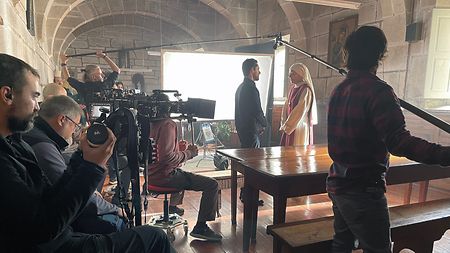
On set in Galicia, DP Miguel Gilaberte turned director Juan José Campanella’s aesthetic ideas into images
Mr. Gilaberte, in season two of “The Envoys,” which directors did you work with besides Juan José Campanella?
There were four: Campanella, Martino Zaidelis, and Camilo Antolini, all from the same production company, in addition to Spanish director Inma Torrente. Working with all of them was a wonderful experience. I enjoyed it in a very special way, and I am very proud of the result.
Localizing the series in Galicia explains the cloudy and dark look of this season, which suits the plot very well. What visual guidelines did Campanella give you?
Juan José Campanella proposed an excellent idea initially: He wanted to change the aspect ratio from 16:9 in season one to 2.35:1 in the second season. Additionally, he prefers natural light, so he asked me to avoid making the use of lighting equipment evident. The main idea was to distance this new adventure set in Galicia from the warmth of Mexico in the first season. The local light helped us create a more oppressive atmosphere for the fictional town called Porto Da Lúa, which we set in locations like La Guardia or Tui. We wanted the photography to be groundbreaking to accompany this location, representing a new journey for the two Vatican priests. The more desaturated colors also worked well for this mystery and suspense plot.
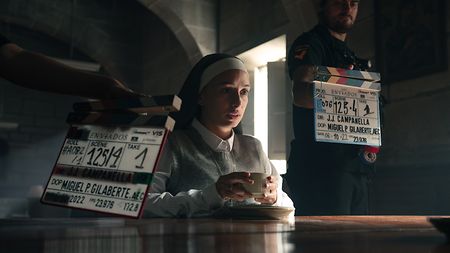
In “The Envoys 2,” Sister Emilia (Assira Abbate) and two Vatican priests (Luis Gerardo Méndez and Miguel Ángel Silvestre) investigate an alleged miracle in a convent with three blind nuns
What prompted the format change?
The choice of widescreen format was driven by the fact that it is a series made by characters, which made it ideal for the composition, along with showcasing natural locations in their full glory. This change aligns with Campanella’s preference for expansive shots that both engage viewers and contribute to the narrative.
The environments in “The Envoys” serve as a reflection of the characters inhabiting them. Was the photography tailored to each location?
Certainly. Despite the cliché, the landscape is a pivotal character. Porto Da Lúa, with its oppressive ambiance, is visually enhanced through photography. Conversely, the brotherhood’s space, occupied by religious fundamentalists, adopts a notably dark photographic tone. Meanwhile, the convent setting features a welcoming and slightly warmer aesthetic, adding a touch of sweetness that contrasts with the narrative, shaping the plot uniquely. Additionally, meticulous attention was given to skin tones, ensuring the protagonists shine through.

“The Envoys” jumps from the warmth of season one, shot in Mexico, to the darkness of northern Spain in season two
How did you work Campanella's preference for natural lighting into your imagery?
We devised a system where light would enter through windows in interior scenes. The goal was to create a photography with contrast but featuring soft light. For outdoor daytime shots, I didn’t use a single artificial light source. Instead, I played with available light using reflectors and diffusers, bouncing and subtracting light as needed. Despite the challenge of filming in rather rainy autumn and winter, it turned out to be a wonderful aesthetic advantage.
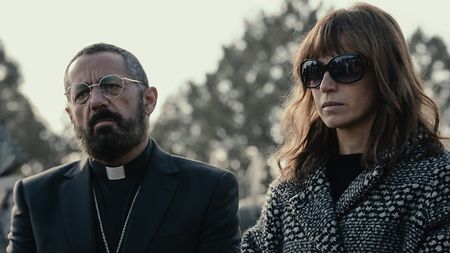
For outdoor daytime shots, DP Gilaberte didn’t use a single artificial light source
What lighting equipment did you use for interiors?
We utilized a range of lighting equipment, including ARRI SkyPanel S360-C, SkyPanel S60-C, SkyPanel S30-C, tubes, and ARRI M-Series lights at 6k, 4k, and 2.5k. We used minimal incandescence since, for nighttime interiors, I wanted the light to primarily emanate from practical set lights—reinforced subtly with my equipment, following the natural and discreet general approach.
How many cameras did you use for this series?
We had two cameras in simultaneous operation, both handheld. Campanella suggested using zoom lenses, inspired by their success in American shows he had been working on. Given his clear direction during shooting, signaling shot changes seamlessly through an intercom, we needed to be prepared for quick shifts. While he acknowledges the DPs’ preference against constant zoom usage, his block shooting method added efficiency to the production, enabling us to adhere to the plan despite the numerous shots undertaken.
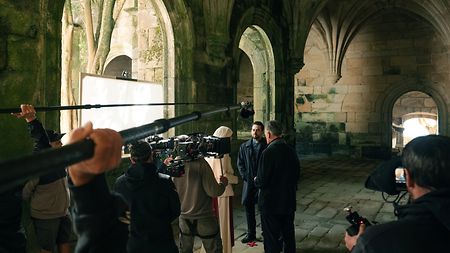
“The Envoys” was shot with ALEXA 35, paired with ARRI Signature Zooms and, in some occasions, Impression Filters
How did you decide on ARRI Signature lenses?
The quality of the zoom lenses I had previously tested was not convincing compared to a fixed lens. I was also concerned about the weight, as I was shooting handheld. So, I decided to do some tests with ARRI Signature Zooms and compare them with Signature Primes. I was surprised by their quality, to the point where I was able to match the shots of both, so that we also covered the range. All were manageable in camera, except the 75 at 300 mm, so for that range I took a 280 mm Signature Prime.
What lengths did you use?
A 16-32 mm, a 24-75 mm and a 45-135 mm. Of the latter we carried two, since, on many occasions, the two cameras were shooting simultaneously with this focal length. At the time, there was no Signature 24-75 mm available in Spain. So, to try to speed it up, I contacted the ARRI team. In my opinion, this series could only be shot with Signature Zoom lenses. I didn’t see any other option for the levels of quality, contrast, and definition that I was looking for. These zooms offer an impressive degree of definition and yet have the same kindness that Signature Primes provide with skin tones. They gave our images a certain softness and, interestingly, they accepted the contra lights very well without any degradation.
